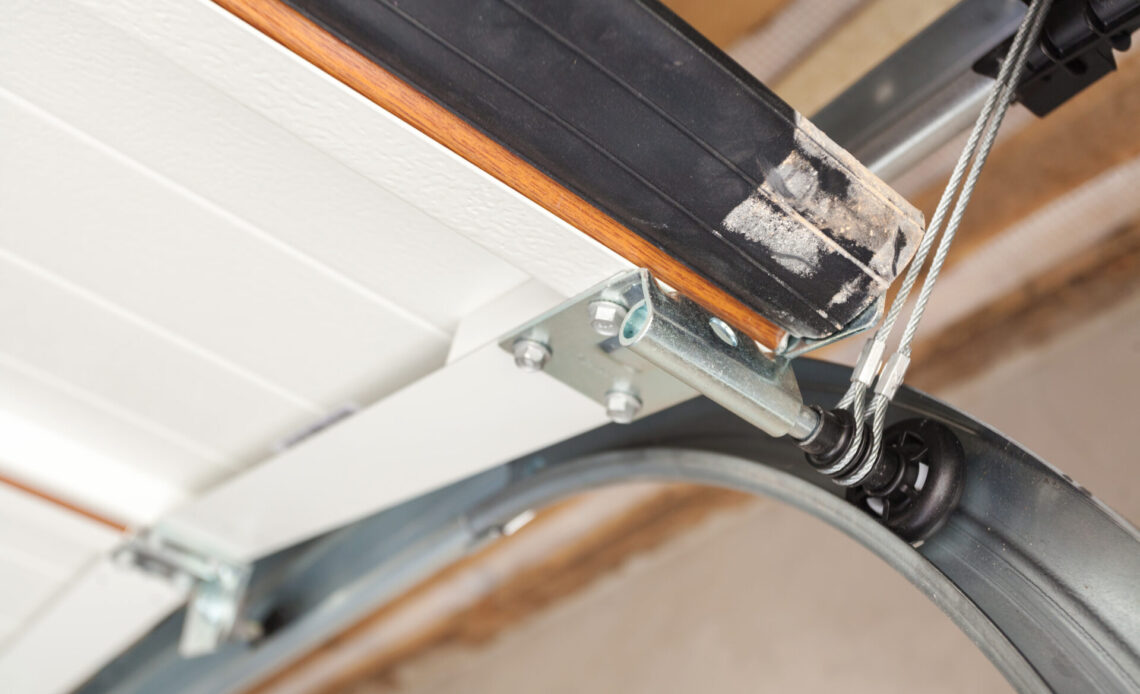Garage doors are one of the most frequently used entry points in homes, often operating multiple times a day. At the core of this system are the garage door springs, which bear the heavy lifting each time the door opens or closes. Over time, these springs wear down and can eventually fail, leading to serious safety hazards and frustrating breakdowns. Recognizing when it’s time to replace your garage springs can save you from costly repairs and ensure your garage door continues to function smoothly.
The Role of Garage Door Springs
Springs are responsible for counterbalancing the weight of the garage door, allowing it to open and close with minimal effort. Without properly working springs, the opener motor would struggle to lift the door, and manual operation would be nearly impossible.
There are two main types of springs:
- Torsion springs – Mounted above the door, they twist to create tension that lifts the door.
- Extension springs – Located on either side of the door, they stretch and contract during operation.
Both types have a limited lifespan, typically measured in cycles (one cycle equals one open and one close). Most springs last between 7,000 and 10,000 cycles, which translates to 7–10 years of regular use.
Signs Your Springs May Need Replacement
Knowing the warning signs of failing springs can help prevent sudden breakdowns:
- Difficulty opening the door – If the door feels unusually heavy, the springs may be losing tension.
- Visible wear or gaps – Springs that appear stretched, rusty, or broken are no longer safe to use.
- Uneven door movement – If one side of the door rises faster than the other, a spring may be failing.
- Loud noises – Popping or snapping sounds often indicate a spring is under stress.
- Sudden failure – A completely broken spring will make the door inoperable until replaced.
Ignoring these signs can result in further damage to the opener, cables, and tracks.
Why Timely Replacement Matters
A broken garage spring isn’t just inconvenient—it can be dangerous. Springs are under high tension, and if they snap unexpectedly, they can cause injury or damage. Replacing them promptly ensures the safety of your household and protects the door system from unnecessary strain.
Delaying replacement also risks additional repair costs. When springs fail, the opener often works harder, leading to premature wear on the motor and gears. Addressing the issue early prevents a chain reaction of costly damage.
Professional vs. DIY Replacement
Some homeowners consider replacing springs on their own, but this task is best left to professionals. Handling high-tension springs requires specialized tools and expertise. A trained technician can complete the job safely and ensure the system is properly balanced. Professional replacement also typically comes with warranties, giving you peace of mind.
A Trusted Solution
For homeowners seeking reliable service, Door Doctor garage door repair offers expert assistance with spring replacement and other garage door issues. With skilled technicians and a commitment to safety, they ensure your garage door is restored to smooth, reliable operation as quickly as possible.
Final Thoughts
Garage springs are the unsung heroes of your door system, quietly working every day to provide safe and effortless access. But when they wear out, the risks and inconveniences can’t be ignored. By recognizing the signs of wear and scheduling timely replacement, you protect both your property and your family. With professional support, you can extend the life of your garage door and enjoy the peace of mind that comes from knowing it’s in perfect working order.

